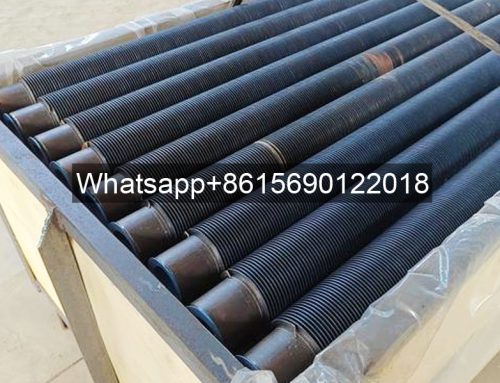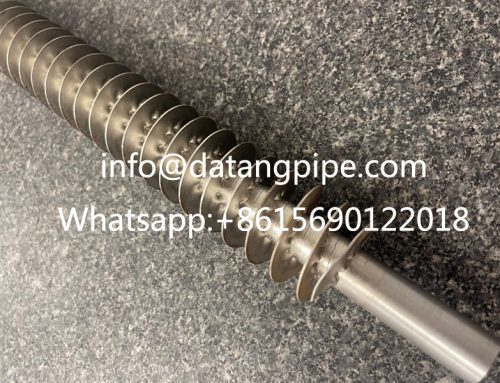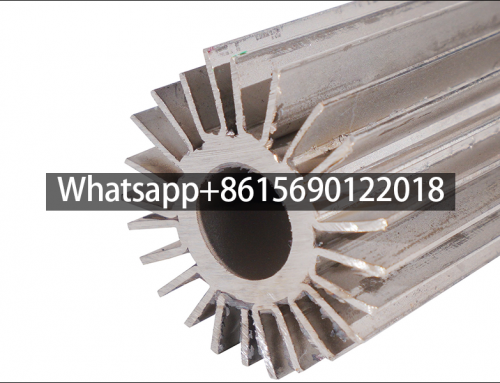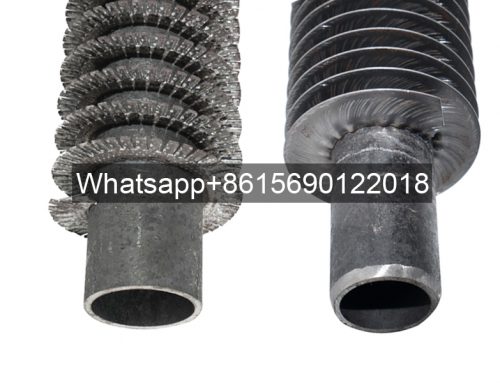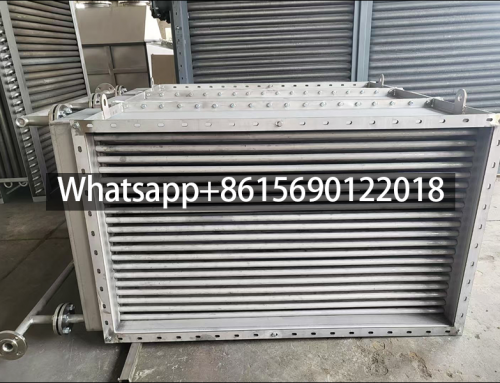Here is the professional of the G-Type Finned Tube Selection Guide, optimized for technical accuracy and industry applicability:
Issues to note when choosing G-type finned tubes:
1. The working pressure of the finned tube radiator should meet the working pressure of the system and comply with the current regulations of the relevant product manual;
2. Civil buildings should choose finned tube radiators with beautiful appearance and easy to clean;
3. For industrial buildings with high dust emissions or dust prevention requirements, easy-to-clean finned tube radiators should be selected;
4. Industrial buildings with corrosive gases or rooms with high relative humidity should use corrosion-resistant finned tube radiators;
5. When choosing steel finned tube radiators, a closed system should be selected and the product’s requirements for water quality should be met. In the non-heating season, the heating system should be filled with water for maintenance;
6. When choosing aluminum finned tube radiators, internally corrosion-resistant aluminum finned tube radiators should be selected and the product’s requirements for water quality should be met.
Anti-corrosion measures for G-type finned tubes:
1. The management system design for finned tube heating should avoid the circulation of goods with high oxygen content as much as possible and be as closed as possible, such as using exhaust pipes or circulating water pumps. And in the entire finned tube operation process, preventing the occurrence of bottom pressure is also a problem of water shortage.
2. When replenishing or adding water to the finned tube, the deoxidation problem can be solved.
3. The heating water in the G-type embedded finned tube should be appropriately added with buffer.
4. When the finned tube is interrupted from heating, dry water or deoxygenated water should be used for full maintenance.
5. For the G-type embedded finned tubes of new equipment, whether it is a pressure test or when adding organic solvents, anti-rust oil should be applied at the beginning of the water pressure test.
Precautions for disassembly and installation of G-type finned tubes:
1. Before disassembling the G-type finned tube, measure the standard length of the plate bundle and make corresponding records. Next time, you need to select parts according to the corresponding standards. Check the sealing gasket. If it is stuck between the grooves, you can use a small screwdriver to separate it, pierce it from a relatively simple stripping position, and complete the separation. Do not damage the gasket of the G-type fin tube, otherwise it will affect the daily sealing effect.
Secondly, check whether the G-type fin tube has perforation defects. You can choose a magnifying glass or light inspection method; if there is a foreign object between the inlet and outlet short tubes and the channel during the inspection, the surface filter completely loses power and needs to be cleaned immediately. Common cleaning methods include chemical cleaning and manual direct cleaning.
3. If the heat exchange plate in the G-type fin tube is scarred, remember not to use a wire brush to treat it, so as not to reduce the corrosion function of the formed plate. If the stains and rust are more obvious, you can wash it with a special decontamination powder. The washing water cannot contain corrosive components such as sulfur, acid, and salt; locally check whether the G-type fin tube plate is deformed. If the degree of deformation exceeds the allowable range, it needs to be replaced.
4. The sealing gasket plays a great role in the plate of the G-type finned tube. There should be no fixed particles such as iron slag and sand in the groove; during the disassembly process, the titanium plate should not be exposed to any open flame to avoid poor oxidation. The appearance of the finned tube surface should be neat and try not to show scratches.
⚙️ I. Core Performance Parameter Matching
-
Temperature & Pressure Limits
- Operating temperature: 280°C max. (aluminum fins) or 400°C (stainless steel fins) for long-term stability; short-term peaks must not exceed material yield point<sup>1,5</sup>.
- Pressure rating: Max. 32MPa with base tube wall thickness ≤2mm; include 20% safety margin.
-
Thermal Efficiency Optimization
- Fin height: Recommended 30%-50% of base tube diameter (e.g., 10-16mm for DN32 tubes). Excess height increases airflow resistance; insufficient height reduces heat transfer area.
- Fin pitch: Use 4-8mm for dusty environments (e.g., power plant boilers); 2.5-4mm for clean spaces to maximize density.
????️ II. Material Selection Strategy
| Operating Environment | Recommended Material Pair | Technical Basis |
|---|---|---|
| Corrosive gases | Base: 316L SS; Fins: Copper | Resists acid corrosion; avoids aluminum oxidation |
| High-temp dry air | Base: Carbon steel; Fins: Aluminum | Cost-effective; thermal conductivity 237W/(m·K) |
| High-humidity/marine | Full stainless steel + zinc plating | Withstands chloride corrosion; 3x lifespan |
⚠️ Critical Restrictions: Avoid aluminum fins in strong acids (pH<4), high-sulfur flue gas. Use copper/Ni-based alloys instead.
???? III. Customized Design for Specific Conditions
-
Anti-fouling Structures
- Dusty workshops: Corrugated fins + pitch ≥6mm for self-cleaning via turbulence.
- Viscous media: Folded fin design minimizes contaminant adhesion.
-
Mechanical Reliability Enhancement
- Groove depth: ≥1.5× fin thickness to ensure pull-off strength ≥70N.
- Vibratory environments: Increase base tube wall to 2.5mm with laser-welded fin roots.
⚠️ IV. Installation & Maintenance
-
System Compatibility
- Water quality: Aluminum fins require Cl ≤50ppm; carbon steel systems must be closed-loop.
- Connections: Use PN-rated flange gaskets with temperature-rated seals.
-
Lifespan Preservation
- Off-season: Fill with deoxygenated water to prevent corrosion.
- Inspection: Monthly weld checks; repair cracks >0.2mm immediately.
???? V. Cost-Performance Optimization
-
Budget-Sensitive Applications
- Low-temp systems (40-120°C): Carbon steel + aluminum fins reduces cost by 35%.
- Modular design: Enables single-tube replacement instead of full assembly scrapping.
-
Energy Efficiency Upgrade
- Waste heat recovery: Increase fin ratio to 8-10x for 26% energy recovery from flue gas cooling.
- VFD fan systems: Reduce pitch to 2.8-3.2mm; airflow resistance rises but system COP improves 15%.


